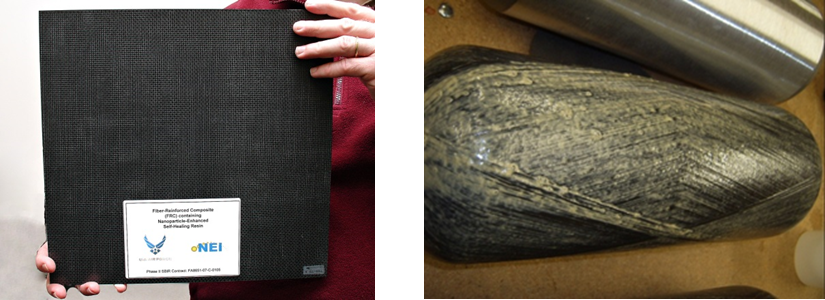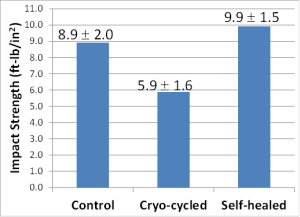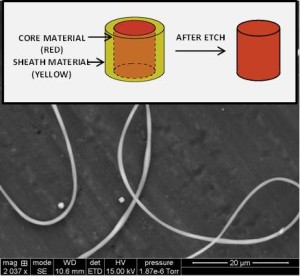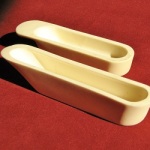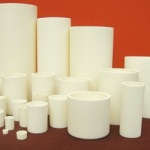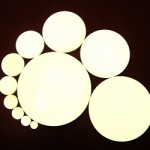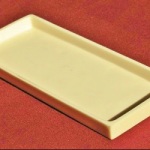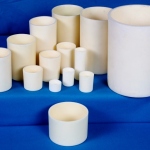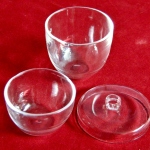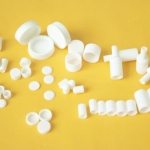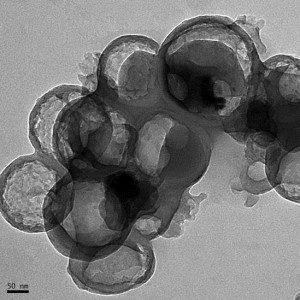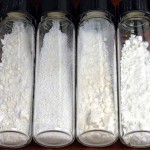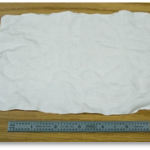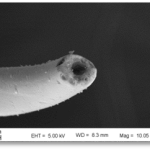NEI Corporation Extends Its Advanced Materials Capabilities to Develop Fuel Cell Membranes
March 14, 2016
Somerset, New Jersey (USA) – NEI Corporation announced today that it has started developing polymer electrolyte membranes (PEMs) for fuel cells that avoid the use of perfluorosulfonic acid (PFSA) ionomers. PFSA materials, used in state- of-the-art PEM fuel cells, suffer from low proton conductivity at high operating temperatures, water management issues and carbon monoxide poisoning of the catalyst. The Phase I development effort, funded by the Department of Energy Small Business Innovative Research Program, is focused on producing a highly proton conducting heteropolyacid (HPA) based membrane. The new membrane incorporates heteropolyacids in an organic matrix in a way that has not been explored before, producing a unique structure that ensures that the active proton conducting species (HPA) is contained in a continuous interconnected channel. The goal is to develop a robust PEM that has high proton conductivity, low hydrogen and oxygen cross-over, and is highly durable for extended use in a fuel cell.
A fuel cell is a more efficient energy conversion device compared to traditional combustion methods. While a conventional combustion-based power plant generates electricity at efficiencies of about 35 – 40%, fuel cell systems can have efficiencies of up to 60%. Because they are energy-efficient, clean, and fuel-flexible, fuel cells have the potential to replace the internal combustion engine in vehicles and to provide power in stationary and portable applications. Fuel cell vehicle prototypes have been successfully introduced. Despite significant advances in fuel cell technology, there are still technical and economic obstacles in the commercialization of fuel cells. The US Department of Energy Roadmap calls for “accelerating the development of innovative technologies to enable a full range of efficient and clean advanced light-duty vehicles, as well as related energy infrastructure.”
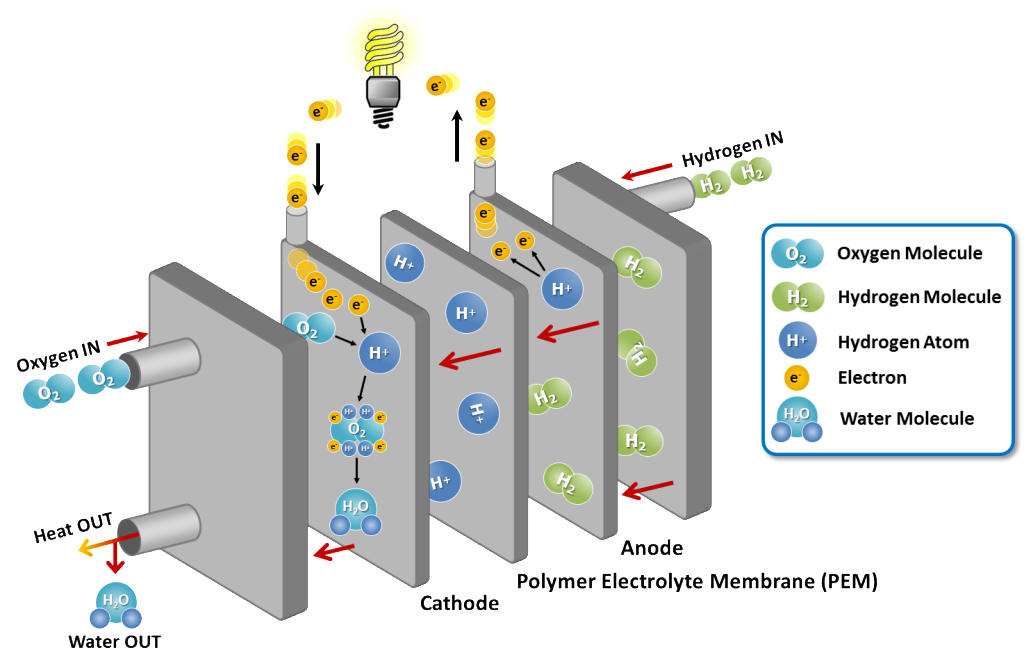
NEI’s foray into fuel cells comes at the heels of creating a growing business in Advanced Materials & Services for the Lithium-ion (and the emerging Sodium-ion) Battery industry. NEI specializes in manufacturing and supplying specialty battery materials. The company supplies materials of compositions and powder morphologies that are difficult to produce and not readily available in the market. NEI also has an extensive battery research and characterization facility, which includes multi-channel cell testers that are utilized by customers. By providing custom-produced materials and tailored testing, developers are given new capabilities to enable next generation batteries.
The new program on fuel cell membranes also leverages NEI’s capabilities to create functionalized nanocomposite coatings. NEI’s NANOMYTE® line of protective coatings and surface treatments provide tailored functionalities, such as hydrophobicity, superhydrophobicity, oleophobicity, superoleophobicity, self-healing, fog resistance, self-cleaning (or easy-to-clean), scratch resistance, anti-corrosion, and anti-icing. In addition to imparting protective and aesthetic properties, NANOMYTE® coatings lead to gains in productivity and efficiency and therefore can be used in many applications that traditionally have not used paints or coatings. The coatings are versatile and can be applied on a variety of substrates – including glass, plastic, fiber-composite, metal, and ceramic.
About NEI Corporation:
NEI Corporation is an applications-driven company that utilizes Nanotechnology to develop and manufacture Advanced Materials for a broad range of markets. The company’s materials and process technologies are protected by a total of seventeen patents.
For more information, contact:
Ms. Krista Martin
+1 (732) 868‐3141
sales@neicorporation.com
###

